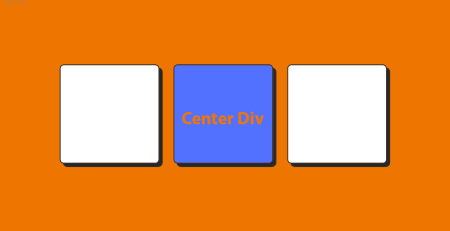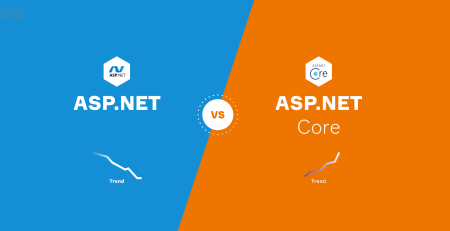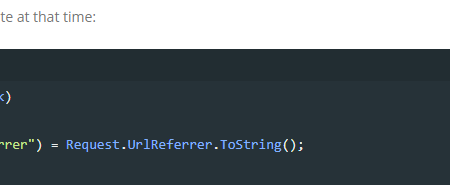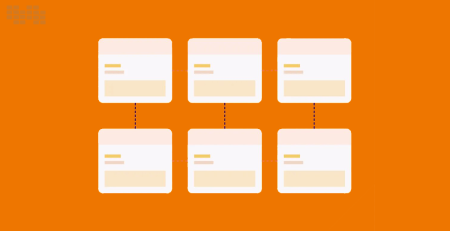Understanding the Core Concepts: Dependency Inversion and Dependency Injection
When it comes to software development, there are two key ideas that regularly come up in discussions about writing decoupled, simple-to-maintain code. Known as Dependency Inversion and Dependency Injection, these ideas address many facets of object-oriented programming. We’ll examine these foundational ideas in-depth in this article, obtaining a solid knowledge of what they represent and looking at real-world C# code samples to see how they might be used.
Understanding Dependency Inversion:
Dependency By flipping the usual dependence flow between modules or classes, the inversion design concept encourages loosely connected systems. This concept states that high-level modules shouldn’t rely on low-level modules directly, but rather that they should both rely on abstractions.
Let’s look at an example where a BusinessLogic class is dependent on a DataAccess class in order to obtain data from a database in order to better comprehend this idea:
public class BusinessLogic
{
private DataAccess dataAccess;
public BusinessLogic()
{
dataAccess = new DataAccess();
}
public void ProcessData()
{
// Process data using the DataAccess class
var data = dataAccess.GetData();
// ...
}
}In this example, the BusinessLogic class is tightly coupled to the DataAccess class. Any change in the implementation or dependencies of the DataAccess class will directly impact the BusinessLogic class.
To apply Dependency Inversion, we introduce an abstraction, such as an interface, that both classes depend on:
public interface IDataAccess
{
object GetData();
}
public class DataAccess : IDataAccess
{
public object GetData()
{
// Retrieve data from the database
// ...
}
}
public class BusinessLogic
{
private IDataAccess dataAccess;
public BusinessLogic(IDataAccess dataAccess)
{
this.dataAccess = dataAccess;
}
public void ProcessData()
{
// Process data using the IDataAccess abstraction
var data = dataAccess.GetData();
// ...
}
}Now, the BusinessLogic class depends on the IDataAccess abstraction instead of the concrete DataAccess class. This inversion of dependency allows us to easily swap implementations without modifying the BusinessLogic class itself, promoting flexibility and maintainability.
Understanding Dependency Injection:
The Dependency Inversion concept is implemented through the method known as Dependency Injection. It entails giving an item its dependencies rather than letting the object develop or manage them. In this manner, it is simple to change or replace an object’s dependents without doing so to the object itself.
Dependency Injection may be accomplished in C# in a variety of methods, including constructor injection, property injection, and method injection. Let’s look into constructor injection, a popular and advised method:
public class BusinessLogic
{
private IDataAccess dataAccess;
public BusinessLogic(IDataAccess dataAccess)
{
this.dataAccess = dataAccess;
}
public void ProcessData()
{
// Process data using the injected IDataAccess dependency
var data = dataAccess.GetData();
// ...
}
}We free the BusinessLogic class from having to create or manage the IDataAccess dependency by injecting it through the constructor. It is possible to give the dependence during runtime, making quick replacement or change possible.
The process of setting up dependencies and controlling object lifetimes may be made even simpler by using a dependency injection framework, such as Microsoft’s built-in dependency injection framework or third-party libraries like Autofac or Ninject.
Conclusion:
Dependency Inversion and Dependency Injection are powerful concepts that promote loose coupling and flexibility in software development. By applying these principles, you can create more maintainable and testable code, easily replace dependencies, and improve overall code quality.
In this blog post, we’ve explored the core concepts of Dependency Inversion and Dependency Injection, providing C# code examples to illustrate their implementation. By understanding and leveraging these concepts in your projects, you’ll be well-equipped to design modular and scalable software systems.
Remember, while these concepts can be powerful, it’s essential to strike a balance and avoid overcomplicating your codebase. Start with small, manageable projects and gradually incorporate these principles as you gain confidence and experience.
Keep exploring, experimenting, and embracing the principles of Dependency Inversion and Dependency Injection to enhance your software development journey!













Leave a Reply